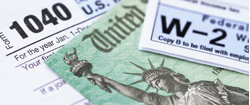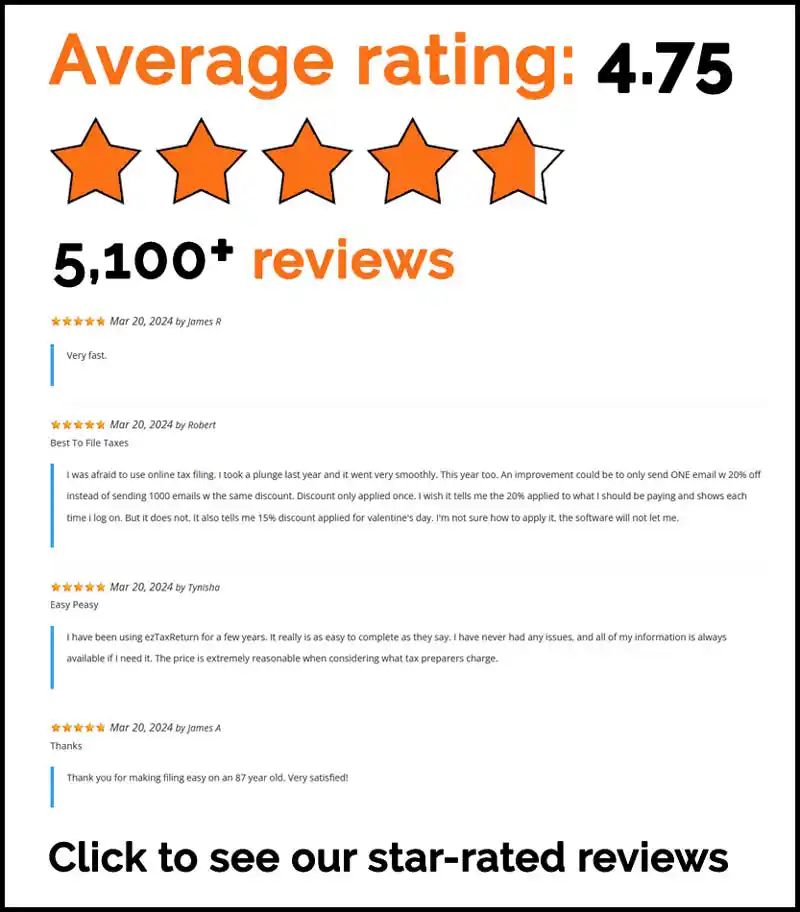Now that the outdoor temperatures have begun to fall, it’s going to cost a bit more to keep your home nice and toasty. Although it’s an expense many of us have come to expect, it doesn’t mean we’re willing to go broke trying to stay warm. Here are some tips to cut your heating costs this winter.
Find and plug air leaks
Air leaks are one of the biggest causes of wasted energy. The U.S. Department of Energy estimates that 20% of your home’s heat seeps out through small cracks and openings. Finding and plugging air leaks takes minimal effort and can save you a lot of money. Simply purchase a smoke pencil from your local hardware store and hold it next to any areas where air can escape. Start with your doors and windows, then move on to your electrical outlets, pipes and attic hatches. You’ll know when you’ve located a leak because the smoke will start to shift. Caulk or weatherstrip the drafty area to prevent any more heat or money from being lost.
Lower your thermostat
There’s no point in leaving the heat on full blast while everyone’s away from home. Lowering your thermostat 10-15 degrees for 8 hours a day can cut your heating costs up to 10% a year. These days, programmable thermostats make it easier than ever to control your homes climate even when you’re not around. Depending on your lifestyle, you can create different heating schedules for each day or set it once for the week. The best part is you can buy one for as little as $20.
Open your curtains
Want to heat your home for free? Mother Nature can definitely help. All you have to do is leave your curtains open during the day to let the sunlight in. Once the sun begins to set, close your curtains to keep away the cold.
Wash your clothes in cold water
When you choose the hot setting on your washing machine, 80-90% of your machines energy is used to heat up the water. You can easily cut its energy usage in half by switching the temperature to a cooler setting. Cold water gets clothes just as clean as hot plus you won’t have to worry about them shrinking or fading. Be sure to choose the appropriate load size so you’re not using more water than you need. Before sticking your clothes in the dryer, clean the lint trap to allow the air to circulate properly. If you don’t need your clothes right away, we recommend hanging them on a clothes line to air dry.
Turn down your water temperature
Setting your water temperature too high increases the risk of being scalded and costs more money. Being exposed to water temperatures of 140 degrees for just a few seconds is enough to cause third degree burns. To prevent injury and conserve energy, the Consumer Product Safety Commission suggests lowering your water temperature to 120 degrees. To cut your heating costs even further, you can also install low-flow faucets and shower heads so you use less water.




